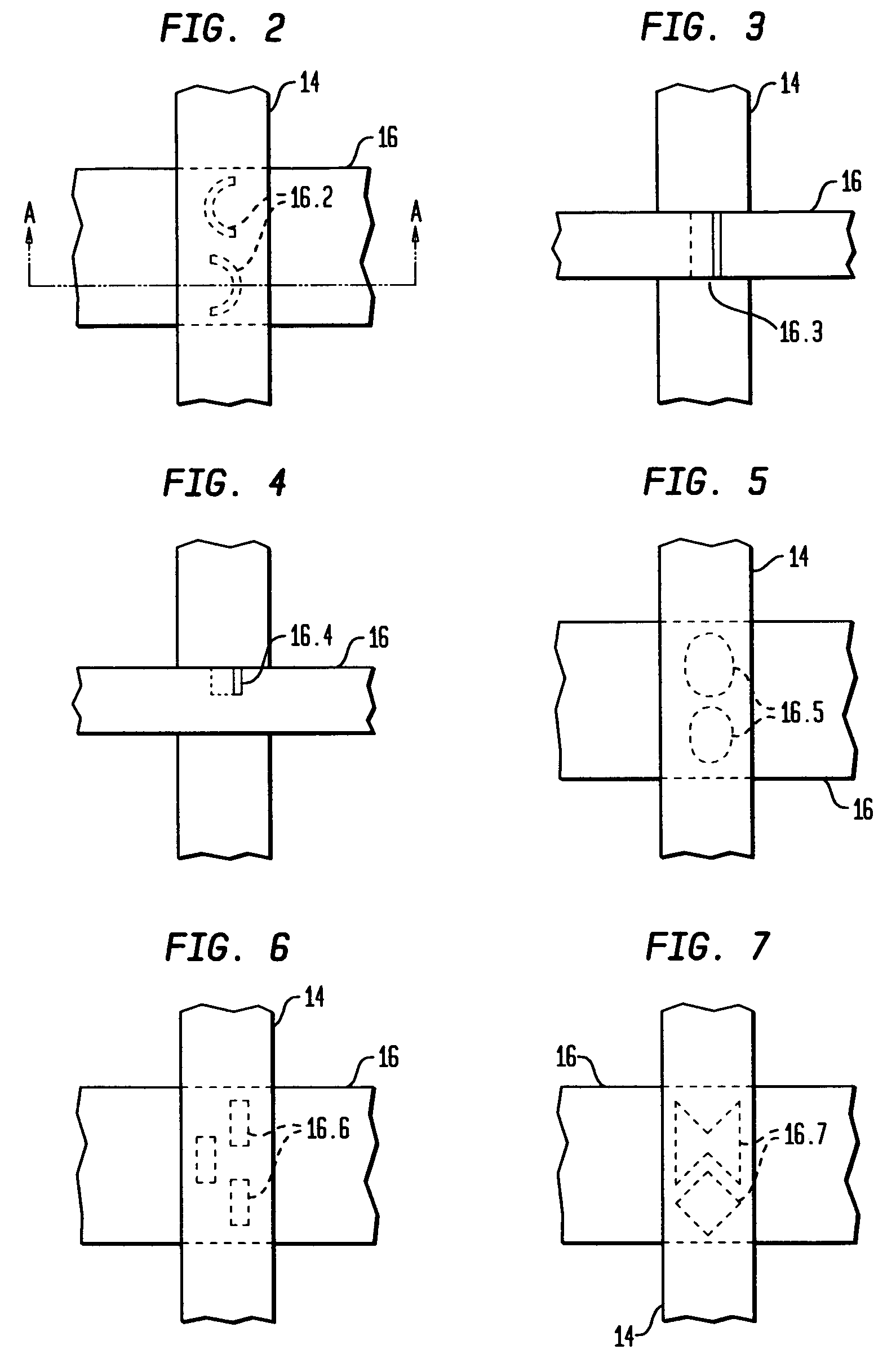Semiconductor device package with reduced leakage
a technology of semiconductor devices and encapsulants, which is applied in the direction of semiconductor devices, semiconductor/solid-state device details, electrical equipment, etc., can solve the problems of encapsulant leakage at the plastic, degradation of the interface between the different parts of the package, and the non-hermetic plastic package fabricated in this or similar fashion
- Summary
- Abstract
- Description
- Claims
- Application Information
AI Technical Summary
Benefits of technology
Problems solved by technology
Method used
Image
Examples
example
[0031]This example describes the fabrication of a package for RFLDMOS (i.e., radio frequency, laterally diffused, metal-oxide-semiconductor) ICs, in accordance with one embodiment of our invention. Various materials, dimensions and operating conditions are provided by way of illustration only and, unless otherwise expressly stated, are not intended to limit the scope of the invention. This type of package illustratively contains six chips: two chips that function as active ICs (i.e., high power RFLDMOS transistors) and four that function as passive ICs (i.e., capacitors).
[0032]The container 12 had overall dimensions of 810 mils in length, 385 mils in width, and 99 mils in height. The sidewalls 14 and lid 24 were made of a liquid crystal polymer (LCP) material (e.g., Ticona Vectra S-135). The sidewalls were 72.5 mils thick in the region where the lead frame extended through the sidewalls, whereas the lid 24 had overall dimensions of 810 mils in length, 384 mils in width, and 43 mils ...
PUM
 Login to View More
Login to View More Abstract
Description
Claims
Application Information
 Login to View More
Login to View More - R&D
- Intellectual Property
- Life Sciences
- Materials
- Tech Scout
- Unparalleled Data Quality
- Higher Quality Content
- 60% Fewer Hallucinations
Browse by: Latest US Patents, China's latest patents, Technical Efficacy Thesaurus, Application Domain, Technology Topic, Popular Technical Reports.
© 2025 PatSnap. All rights reserved.Legal|Privacy policy|Modern Slavery Act Transparency Statement|Sitemap|About US| Contact US: help@patsnap.com



